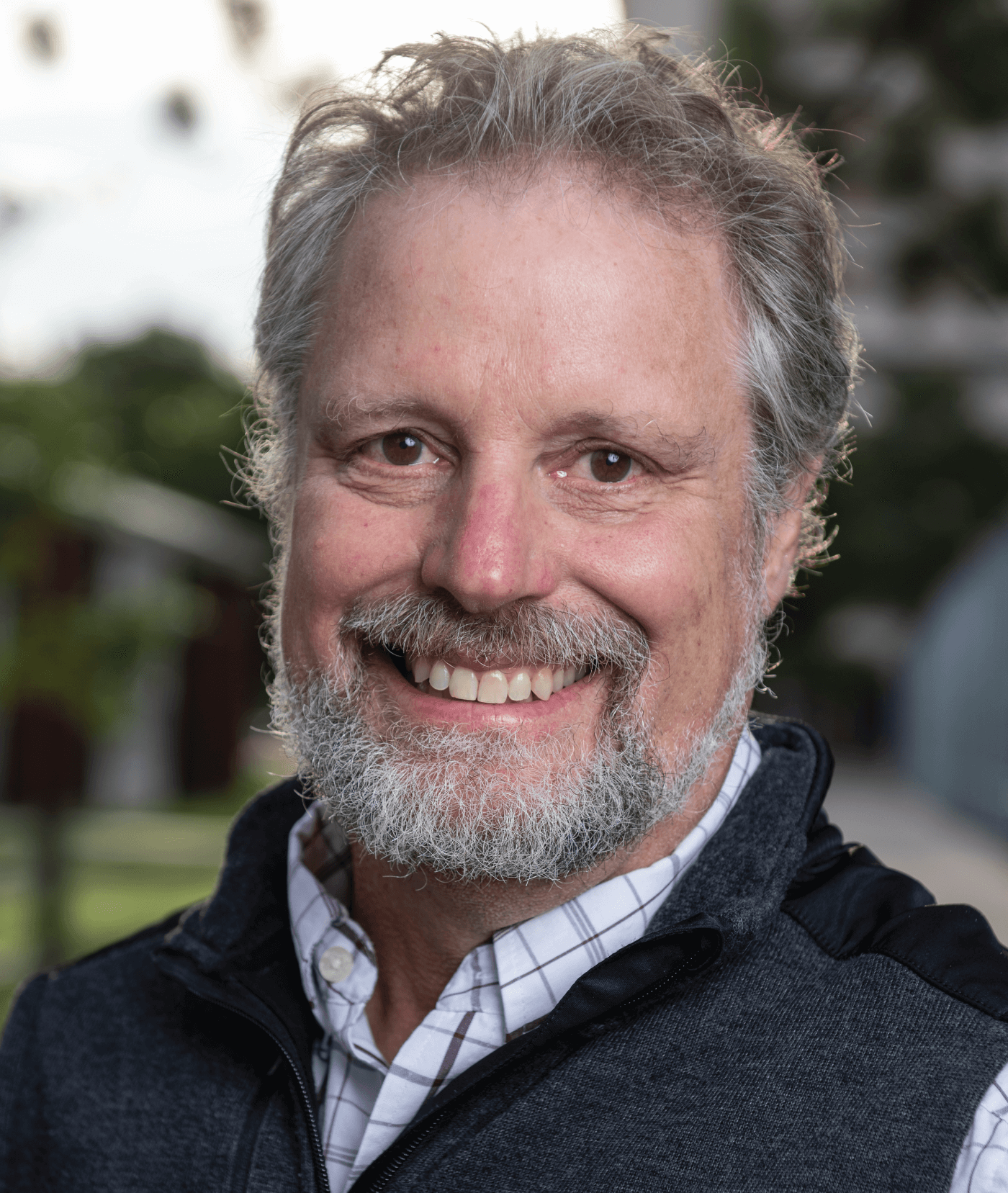I was motivated by my father’s example. He was an industrial food scientist who went on to become a professor at both MIT and Virginia Tech. I also loved chemistry, probably because of the quantitative relationships integral to the field. I much preferred that to the list-memorizing you might do in other fields. So I set out to study chemistry, first with a Bachelor’s degree at Juniata College and then a PhD at the University of Arizona, and later with a series of postdocs in Virginia, the Netherlands (at the Unilever Research Laboratory), and Japan (at the Himeji Institute of Technology). The opportunity to collaborate was another big factor in my choice to pursue science – I find the networking aspect of my role incredibly exciting.

Science has a great capacity for uniting people from incredibly diverse backgrounds. Although we may speak different languages, the common language of science brings us together. In this way, our field breaks a lot of barriers. This was certainly my experience when studying overseas, anyway.
I’ve also collaborated a lot in my own professorship, working in Belgium, Brazil, and Australia (where I took a sabbatical at the Australian Centre for Research in Separation Science at the University of Tasmania). It’s an eye-opening experience to work in truly international laboratories like that. In Australia, for example, I worked alongside scientists from Egypt, Iran, Israel and various countries across Europe. It’s an amazing aspect of our career and one that I encourage my students to take full advantage of. I think it’s particularly important for Americans to travel and collaborate in this way because we tend to have a very US-centric view of the world.
At Unilever, I learned a lot about the application of analytical techniques in industry – particularly capillary electrophoresis, which I was working on at the time. Electrokinetic chromatography was my focus in both Japan and Australia, and in Brazil I worked on solid-phase extraction (SPE) technology. Specifically, I was studying the application of ionic amphiphilic polymers – which I had previously developed for applications in electrokinetic chromatography – to generate high-affinity and selective sorbents for SPE. We demonstrated some highly effective extractions of polycyclic aromatic hydrocarbons from aqueous samples, as well as fungicides and a mycotoxins from wines.
One example is our research on particulate matter pollution in communities in Montana and Alaska. We collected PM2.5 (particulate matter with diameter <2.5 μm) then developed and applied chromatographic methods to determine its chemical composition, which in turn allowed us to apportion the pollution to various sources. We concluded that around 75 to 80 percent of the PM2.5 was coming from residential wood stoves during winter months. This is a common source of pollution in many places around the world – particularly in mountainous communities. We’ve also used nanodiscs and capillary electrophoresis to study the chemical interactions between small molecules or proteins and membrane surfaces. Understanding these interactions, and the transport of small molecules across membranes, is important for pharmaceutical development and understanding bioaccumulation of environmental pollutants. The conformation and activity of various proteins is also affected by their membrane interactions; a great example is the initiation of cell apoptosis by cytochrome c-lipid binding in mitochondrial membranes.
One of the best things about the university is its collaborative culture. We are a relatively small university, so collaborations are crucial for us to conduct cutting-edge research. I often need to use another laboratory’s instruments and I’m always welcome to do so. I also have a small research group – typically up to five students at a time – but we’re able to carry out exciting research because we constantly work with other groups across the campus.
I am the Governing Board Chair for 2020 and 2021. I was invited to my first SciX meeting some 25 years ago to give a talk as an early-career scientist. What I really appreciated back then was the supportive and welcoming environment – after all, they had invited me to speak to and interact with leading minds in the field. That spurred my increasing involvement with the conference, and I’ve held a number of leadership roles in the governing board over the past decade. What’s changed in those 25 years? We have a lot more separation science-based content than we used to (this was traditionally very spectroscopy-based), and it’s become increasingly international, which can only be a good thing in my mind!




